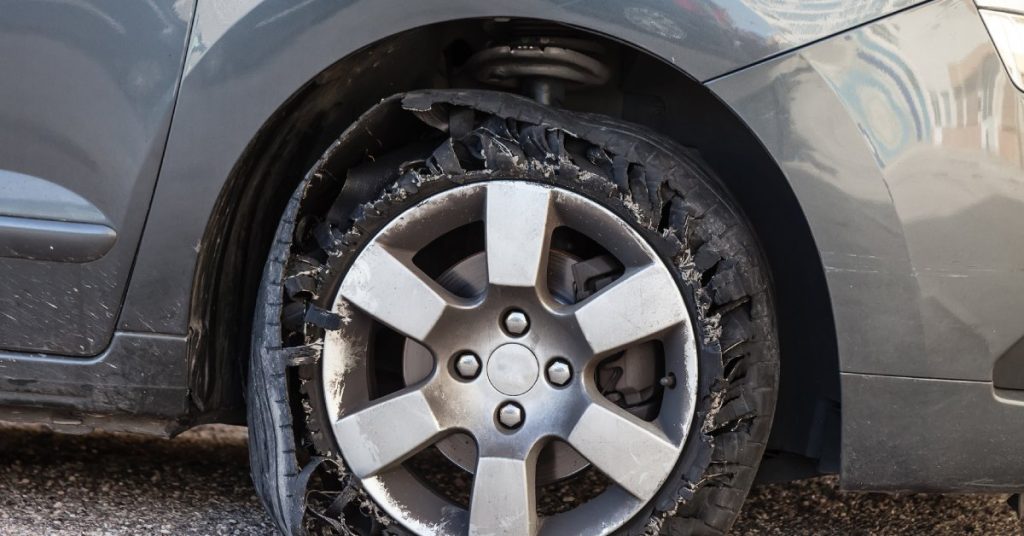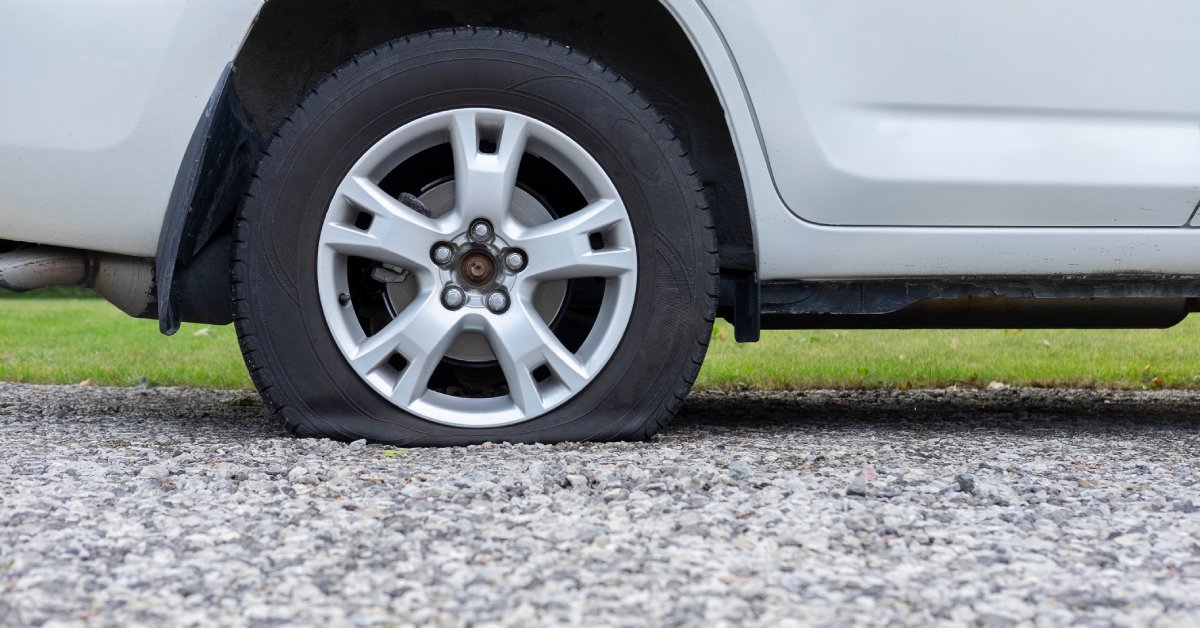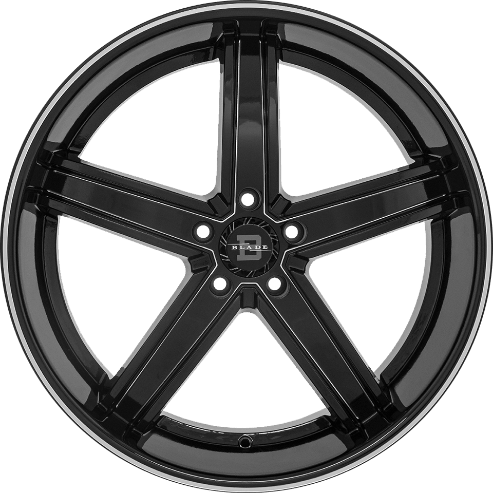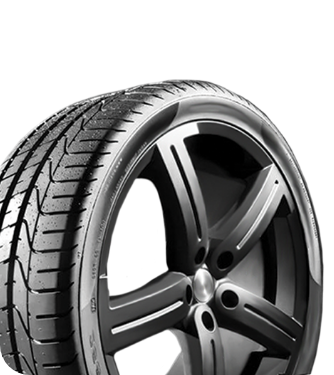

Signs That Your Tires May Be Beyond Repair
Safety Tips |When you’re driving, your tires are one of the most important parts of your car. Yet, they’re often overlooked during routine car maintenance. Worn-out or damaged tires not only threaten your safety but can also lead to expensive repairs, reduced fuel efficiency, or unexpected breakdowns.
Tires may be an unwanted expense for your car, but it’s essential to know when you need to replace or repair them. Follow this guide for eight signs that your tires may be beyond repair.
1. Reduced Tread Depth
A tire’s tread depth is essential for traction, especially when driving in the snow or rain. Once the tread wears below 2/32 of an inch, your tires lose their typical grip, increasing the risk of hydroplaning and skidding.
Using a penny can help you measure the tread depth of your tire. Insert a penny into the tire tread with the head of the penny facing down. If you can see the top of Abraham Lincoln’s head, it’s time to replace the tire, as this indicates that your tire’s tread depth is too low.
Driving with worn-out treads also makes you more prone to punctures and blowouts. You should regularly check your tires to ensure that you are driving safely.
2. Visible and Bulging Sidewalls
Bulges, cracks, or blisters on the tire’s sidewall are clear indicators of damage. These weaken the tire’s structural integrity and increase the likelihood of sudden blowouts, especially at high speeds.
Bulges can vary in size, but noticeably alter the spherical shape of the tire. This kind of damage can happen after hitting a pothole, curb, or driving with underinflated tires. When your tire hits something, it can damage the inner structure of the tire, causing air to leak from inside and pushing against the sidewall.
If you notice sidewall damage, you should act promptly. Unfortunately, this kind of damage is beyond repair, so you will need to replace the tire to prevent further damage to your car.

3. Embedded Objects
You can sometimes repair small punctures caused by nails or sharp objects if they’re located in the tread area and smaller than ¼ inch in diameter. However, punctures on the shoulder area leave the tire beyond repair.
Tires with small punctures typically lose air pressure over time or develop into a flat tire if the damage is severe enough. If the puncture is on the sidewall, the area between the bead and tread of the tire, then you should replace it immediately.
4. Uneven Wear
Uneven tire wear can indicate several underlying issues, such as improper alignment, overinflation, or underinflation. Over time, uneven wear compromises the tire’s effectiveness and safety.
To identify uneven wear, look for one side of the tire that has significantly more worn-out marks than the other. Flat spots are another concern for uneven wear on your tires, and are usually caused by harsh braking.
Regular tire rotations and proper alignment can help avoid uneven wear. If wear patterns are severe, a replacement is the best option.
5. Excessive Vibrations While Driving
If you feel your steering wheel vibrating or excessive shaking while driving, it can indicate internal damage to your tires, such as a separated tread or a broken steel belt. Most mechanics or tire technicians are unable to repair this damage and must replace the tire.
While vibrations may also result from other mechanical issues, such as misaligned wheels, tires are a common culprit. If left unchecked, this damage could lead to tire failure. Regular tire balancing and alignment checks are great ways to reduce wear and tear and extend the lifetime of your tires.
6. Cracks and Dry Rot
Rubber used in tires can degrade over time due to exposure to UV rays, heat, and oxidation. This results in dry rot, or small cracks forming in various locations on the tire, including the sidewalls and tread.
You can identify dry rot by looking for key indicators, such as tires that appear brittle or flaky. Visible crackling along the surface of the tires also indicates dry rot. Dry rot can lead to structural weakening, making the tire unsafe for driving. If cracks are significant, it’s time for a replacement.

7. Frequent Loss of Air Pressure
Do you find that you have to refill your tires more frequently than usual? Persistent air loss could indicate invisible punctures, damaged valve stems, or compromised seals.
If you need to inflate your tire semi-regularly, or more than once a month, then you likely have a hole or damage to your tire. You can sometimes fix small issues, like damaged valve stems, but consistent air loss often means it’s time for new tires.
8. Tires Older Than 6-10 Years
Older tires may appear fine on the surface, but they can still have safety issues that need attention. They can still deteriorate over time, reducing their performance and safety. Most manufacturers state that you should replace your tires every 6 to 10 years, regardless of how they look.
Manufacturers include the manufacturing date on all tires, which can be found embossed on the sidewall of each tire. It is a four-digit number that indicates the week and year it was made. For instance, “2423” means that manufacturers created the tire in the 24th week of 2023.
Once you know this number, ensure that you can replace the tires when the time comes. Even if you think the tires are safe, it’s still a good idea to replace them to prevent unexpected problems that could harm you or your car.
What To Do If You Notice These Signs
If your tires display any of these signs, it’s essential to take immediate action. Driving on damaged or worn-out tires not only puts you at risk, but also puts everyone else on the road at risk. Now that you know the signs your tires are beyond repair, you can try to prevent your tires from reaching that stage.
Inspect your tires regularly as part of your car’s maintenance checklist, and follow any professional advice given about inspections. Once you know that you need to replace your tires, don’t wait. Prioritize your safety and the longevity of your vehicle.
Replace Your Tires With RNR Tire Express
At RNR Tire Express, we’re dedicated to helping you drive safer and smarter. With flexible payment options, top-quality tires, and expert service, we make tire care easy and stress-free. For the best tires in Clovis, visit our shop to find the perfect options for your car. Don’t wait until your tires are damaged; visit RNR Tire Express for the best replacement tire options. Your vehicle’s safety is worth it.





